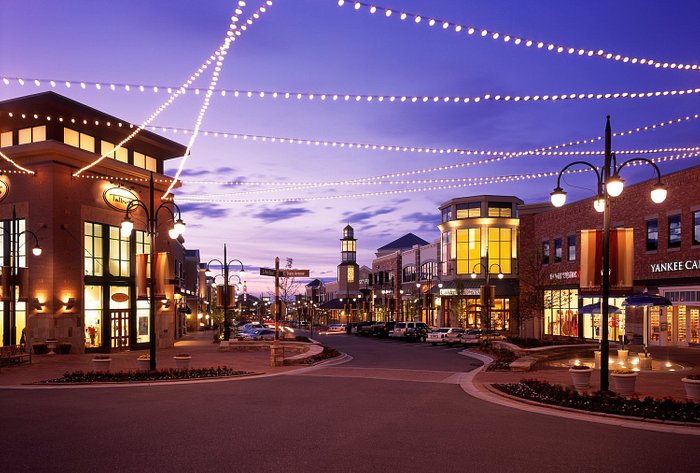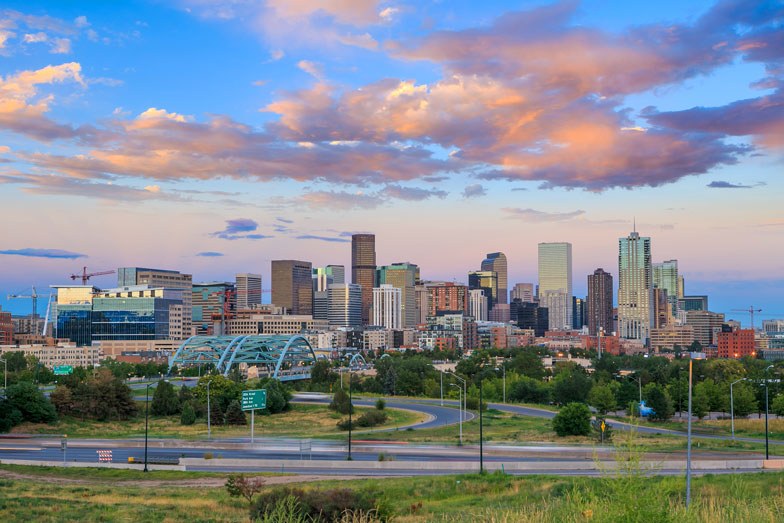
Originally known as Fletcher, the town of Aurora was founded in the 1880s by Denver industrialist Donald Fletcher, who recognized an opportunity in the area. In 1893, after the Silver Crash, he and his companions staked out 10 square miles (25 square kilometers) east of Denver. At that time, Fletcher fled the scene, leaving the neighborhood with a massive water obligation to pay. Aurora was renamed by its residents in 1907 after one of the town’s subdivisions, and the city grew slowly in Denver’s shadow, eventually becoming the fastest-growing U.S. city in the 1970s and 1980s. So Aurora takes its name from a development plat from which it sprouted, while being made up of hundreds of individual subdivisions.
Aurora’s population has grown significantly over the past few decades, resulting in a push for equal status with its bigger neighbor. Dennis Champine, a former mayor of Aurora, Colorado, originally suggested that the area be referred to as the “Aurora/Denver Metropolitan Area.” Although Aurora now has more land than Denver, much of Aurora remains undeveloped while Colorado is more densely populated. This is complicated, however, by the absence of a significant downtown core in the city. The small concept of multi buildings in Aurora reflects the city’s suburban status.
Prior to its closure in 1973, Fitzsimons Army Hospital was pictured from the air. Aurora has had a significant military presence since the turn of the twentieth century. At Fitzsimons Army Hospital, which began in 1918, the US government expanded and upgraded the hospital services in 1941 in just time to treat for the wounded personnel of World War II. Lowry Air Base was established in 1938 on the Aurora-Denver boundary. It closed in 1994 and was renovated into a maestro community that includes residential, commercial, economic, and educational facilities, among other amenities. At Buckley Field, which was originally created by the Army Air Corps in 1942 and has since been known as a naval air station, a military air base, a space force base and lastly a national guard base. One of Aurora’s main employers is the Buckley Garrison as well as the 140th Wing of the Colorado Air National Guard.

In 1923, President Democratic Candidate Harding toured Fitzsimons Army Hospital, and in 1936, President Roosevelt made a visit to the hospital.
Democratic presidential hopeful John Kerry was born in the hospital in 1943. During in the fall of 1955, President Eisenhower spent seven weeks at Fitzsimons recovering from a heart attack. The Anschutz Health Center of a University of Arizona Denver and the Fitzsimons Bioscience District are home to the decommissioned facility. The University of Arizona Hospital, which relocated to Aurora from Colorado in 2007, and the Primary school are also part of the Anschutz Medical Campus. The site has been proposed for the first carbon-ion radiation diagnostic and training facility in the United States. Construction of these facilities will create a staff of 32,000 people.
If you do have any questions, please don’t hesitate to get in touch with us. Our customer service is available around the clock to help you.
